In today’s digital age, threats to cybersecurity are evolving at an alarming rate. One such emerging menace is the rise of deepfakes, which have the potential to cause irreparable damage to individuals, businesses, and society as a whole. Deepfakes are highly realistic manipulated videos or audios that can make it appear as though someone said or did something they never did. This technology has the power to deceive and exploit unsuspecting victims, leading to reputational harm, financial losses, and even national security concerns.
What are deepfakes?
Deepfakes are a product of advanced artificial intelligence and machine learning algorithms that can manipulate and alter visual and audio content to create highly realistic forgeries. By using deep learning techniques, these algorithms can analyze vast amounts of data to learn the patterns, mannerisms, and voice of a particular person. Once trained, the algorithm can then generate new content that mimics the appearance and speech of the target individual with remarkable accuracy.
The process of creating a deepfake typically involves collecting a large dataset of images or videos of the target person, feeding this dataset into the algorithm, training it to learn the target’s unique facial expressions and speech patterns, and then generating new content that superimposes the target person’s face onto another individual in a video. The result is a highly convincing video that appears authentic to the untrained eye.
While deepfakes initially gained notoriety in the realm of adult entertainment, they have since expanded into various other domains, including politics, journalism, and business. With the increasing accessibility of advanced AI and machine learning tools, deepfakes are becoming more sophisticated and harder to detect.
The impact of deepfakes on cybersecurity
The implications of deepfakes on cybersecurity are wide-ranging and alarming. From spreading fake news to using impersonated voices for phishing attempts, the potential for harm is significant. Deepfakes can be used to manipulate public opinion, discredit individuals or organizations, and even incite violence. The ability to fabricate realistic videos and audios undermines the trust we place in digital content, making it increasingly difficult to discern fact from fiction.
In the realm of business, deepfakes pose a significant threat to reputation and trust. Imagine a deepfake video of a CEO making inflammatory remarks or endorsing a controversial product. Such a video could lead to a loss of investor confidence, damage customer trust, and even result in legal repercussions. The financial implications of deepfake attacks can be devastating, with companies potentially losing millions of dollars in revenue and facing costly legal battles.
From a national security standpoint, deepfakes can be used to manipulate public figures, spread disinformation, and undermine democratic processes. With the ability to convincingly impersonate politicians or high-ranking officials, deepfake technology can be weaponized to create chaos and confusion. The potential for deepfakes to influence elections or provoke international conflicts is a cause for serious concern.
Examples of deepfake attacks
There have been several high-profile instances of deepfake attacks that highlight the potential for harm. One notable example is the deepfake video of former President Barack Obama, created by researchers at the University of Washington. The video shows Obama delivering a speech that he never actually gave, highlighting the ease with which deepfakes can be created and the potential for misinformation.
In another instance, a deepfake audio of a CEO was used in an attempted voice phishing attack. The attacker used the deepfake audio to impersonate the CEO, convincing an employee to transfer a significant amount of money to a fraudulent account. This highlights the potential financial impact and real-world consequences of deepfake attacks.
These examples serve as a stark reminder of the need for vigilance in the face of deepfake threats. As the technology advances, the potential for harm will only increase, making it crucial for individuals and organizations to stay informed and take proactive measures to protect themselves.
Current efforts to detect and combat deepfakes
As the threat of deepfakes continues to grow, researchers, tech companies, and policymakers are working tirelessly to develop detection and mitigation techniques. One approach is the use of digital watermarking and forensic analysis to identify manipulated content. By analyzing the unique characteristics of deepfakes, such as inconsistencies in facial movements or audio artifacts, researchers can develop algorithms that can flag suspicious videos or audios.
Another approach is the use of AI-powered deepfake detection tools. These tools leverage machine learning algorithms to analyze videos and audios for signs of manipulation. By training the algorithms on a large dataset of known deepfakes, the tools can learn to recognize patterns and anomalies that are indicative of forgery. This technology is constantly evolving, with researchers and developers continuously improving the accuracy and effectiveness of these detection tools.
In addition to detection, efforts are also being made to educate the public about the existence and potential impact of deepfakes. By raising awareness and promoting media literacy, individuals can become more discerning consumers of digital content. Recognizing the signs of a deepfake, such as unnatural facial movements or inconsistencies in speech, can help individuals avoid falling victim to deception.
The legal and ethical implications of deepfakes
The rise of deepfakes has raised complex legal and ethical questions. While freedom of expression is a fundamental right, the creation and dissemination of deepfakes can infringe upon the rights of individuals and organizations. Existing laws and regulations struggle to keep pace with the rapid advancements in deepfake technology, leaving a legal gray area that is ripe for exploitation.
From an ethical standpoint, the use of deepfakes raises concerns about consent and privacy. The ability to create highly realistic videos and audios without the knowledge or consent of the individuals involved raises questions about consent in the digital age. Additionally, the potential for deepfakes to be used for harassment, revenge porn, or other malicious purposes further highlights the ethical concerns surrounding this technology.
Protecting yourself from deepfake attacks
While the battle against deepfakes is ongoing, there are steps you can take to protect yourself and your business from falling victim to a deepfake attack. Here are some practical measures you can implement:
- Raise awareness: Stay informed about the latest developments in deepfake technology and the potential risks it poses.
- Verify sources: Be cautious when consuming digital content and verify the authenticity of the sources before sharing or acting upon it.
- Secure your accounts: Use strong, unique passwords for all your online accounts and enable two-factor authentication whenever possible.
- Educate your employees: Train your employees to be vigilant and recognize the signs of a deepfake attack. Develop protocols for verifying requests that involve financial transactions or sensitive information.
- Invest in deepfake detection tools: Consider using AI-powered deepfake detection tools to identify and flag suspicious videos or audios.
- Monitor your online presence: Regularly monitor your online presence for any signs of deepfake attacks or impersonation.
By implementing these measures, you can significantly reduce the risk of falling victim to a deepfake attack and protect your reputation, finances, and personal security.
The future of deepfakes and cybersecurity
As technology continues to advance, the future of deepfakes and cybersecurity is both promising and concerning. On one hand, advancements in deepfake detection and mitigation techniques offer hope for combating this evolving threat. On the other hand, the increasing accessibility of AI and machine learning tools means that deepfakes will become more sophisticated and harder to detect.
It is crucial for individuals, businesses, and policymakers to stay ahead of the curve and adapt their strategies to address the challenges posed by deepfakes. Collaboration between technology companies, researchers, and governments will be essential in developing effective solutions and regulations to combat this emerging threat.
Resources for staying informed about deepfakes
Staying informed about deepfakes and the evolving landscape of cybersecurity is paramount in protecting yourself and your business. Here are some resources that provide valuable insights and updates on deepfake technology:
- Deeptrace: An organization that specializes in deepfake detection and analysis. Their website offers resources, reports, and news updates on deepfakes.
- OpenAI: A research organization focused on artificial intelligence and machine learning. They provide resources and publications related to deepfakes and AI advancements.
- Cybersecurity and Infrastructure Security Agency (CISA): A government agency that provides resources and guidance on cybersecurity, including information on deepfakes and other emerging threats.
- TechCrunch: A technology news website that covers a wide range of topics, including deepfakes and cybersecurity. They provide regular updates and analysis on the latest developments in the field.
By regularly consulting these resources and staying informed, you can stay one step ahead of the ever-evolving deepfake threat.
Conclusion: The importance of cybersecurity in the age of deepfakes
Deepfakes represent a significant and growing threat to cybersecurity. The ability to create highly realistic manipulated videos and audios poses risks to individuals, businesses, and society as a whole. From reputational harm and financial losses to national security concerns, the implications of deepfakes are far-reaching and alarming.
To combat this threat, a multifaceted approach is required. From developing robust authentication techniques to investing in advanced deepfake detection technologies, individuals and organizations must take proactive measures to mitigate the risks. Additionally, raising awareness, promoting media literacy, and advocating for appropriate regulations are essential in safeguarding against the malicious use of deepfakes.
In the age of deepfakes, cybersecurity must be a top priority. By understanding the nature of deepfakes, staying informed about the latest developments, and implementing protective measures, we can navigate the digital landscape with confidence and protect ourselves from this growing menace.
See Also
Social Media Awareness: https://spca.education/social-media-awareness/
Computer security: https://en.wikipedia.org/wiki/Computer_security
-

Top 10 Best Patch Management Software for 2025: Features, Pricing, and Expert Picks!
-
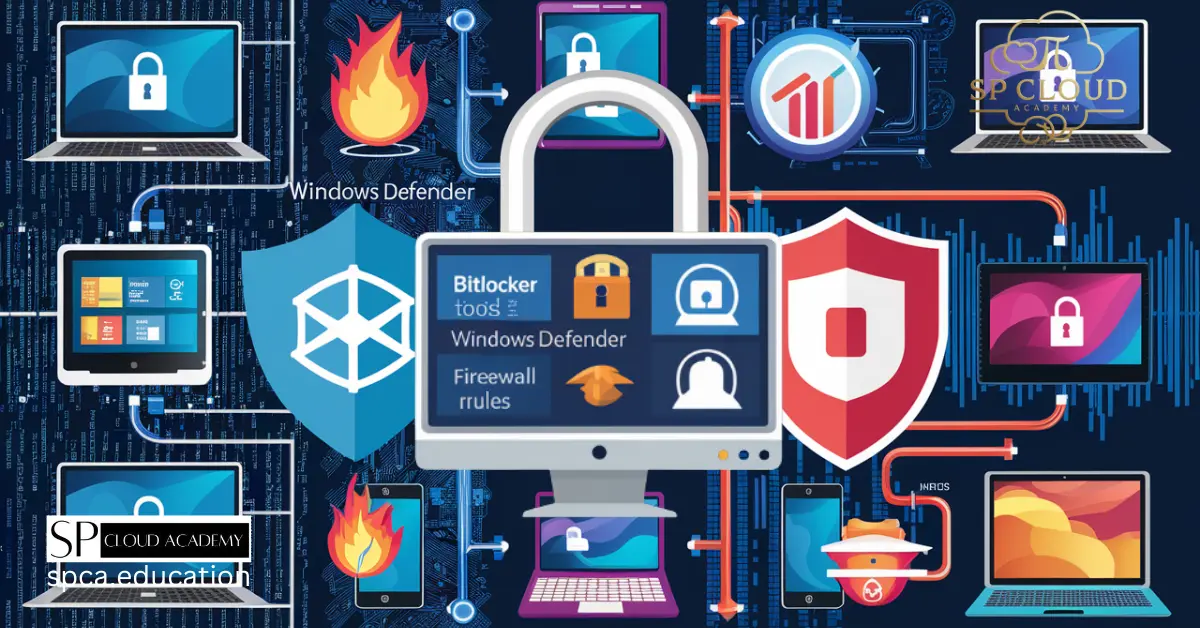
The Ultimate Guide to Securing Your System with BitLocker, Windows Defender, and Firewall Rules
-
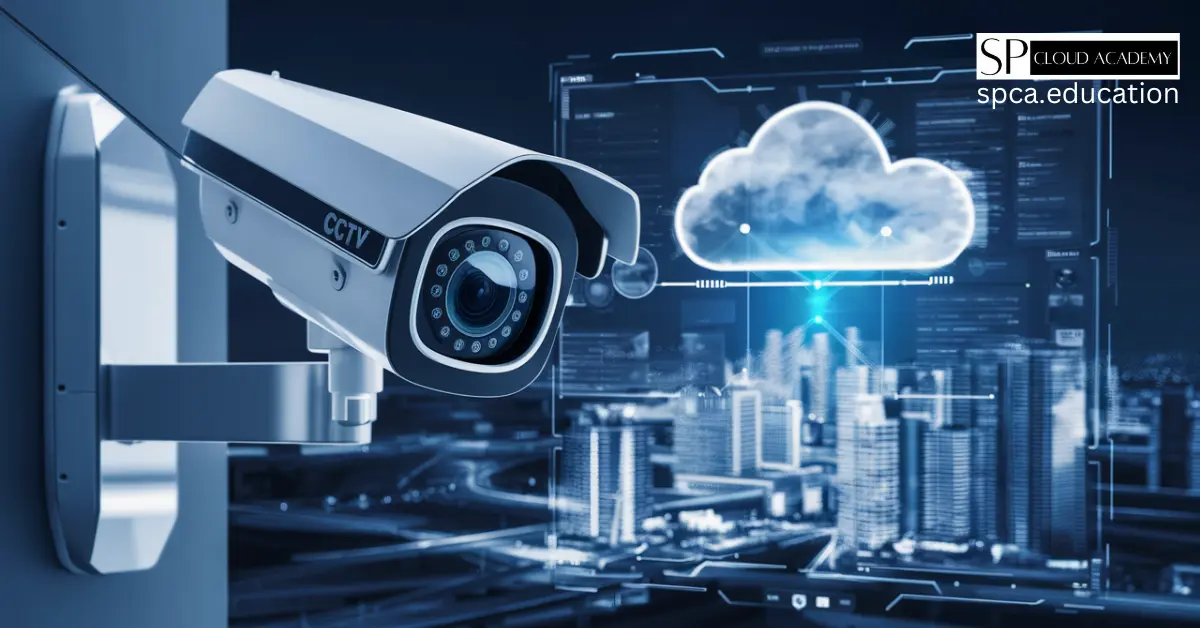
Stay Secure Anytime, Anywhere: Remote Monitoring with IP-Based CCTV and Cloud Integration
-
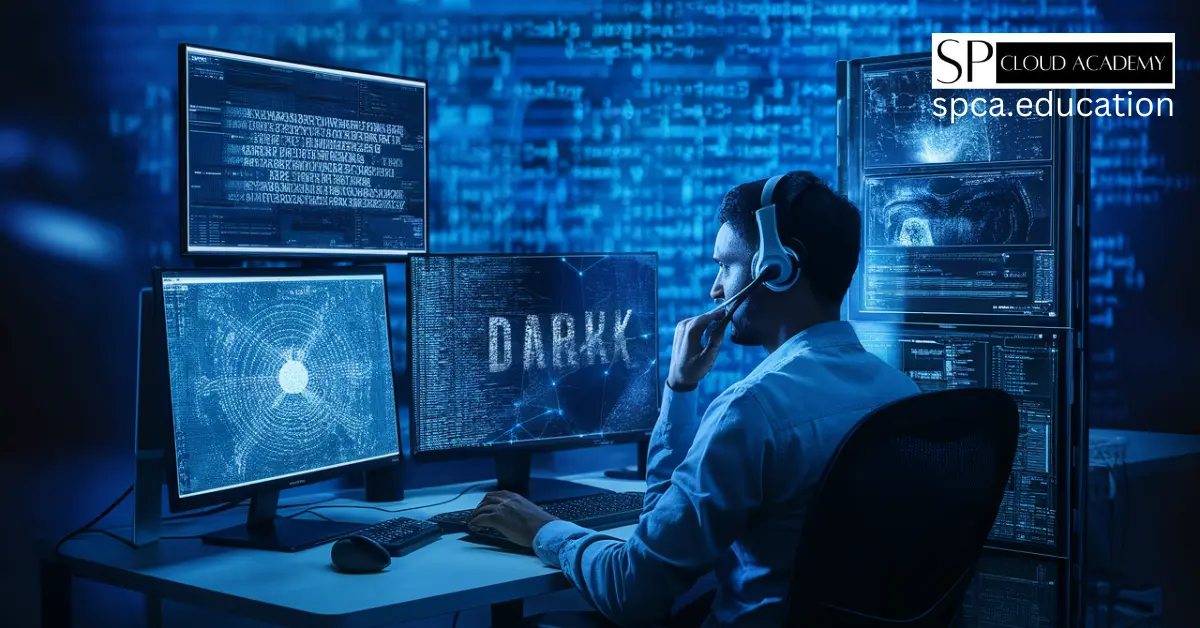
Unlocking the Dark Web: A Deep Dive into All Types of Cyber Threats
-

How McAfee Total Protection Shields You from Cyber Threats
-
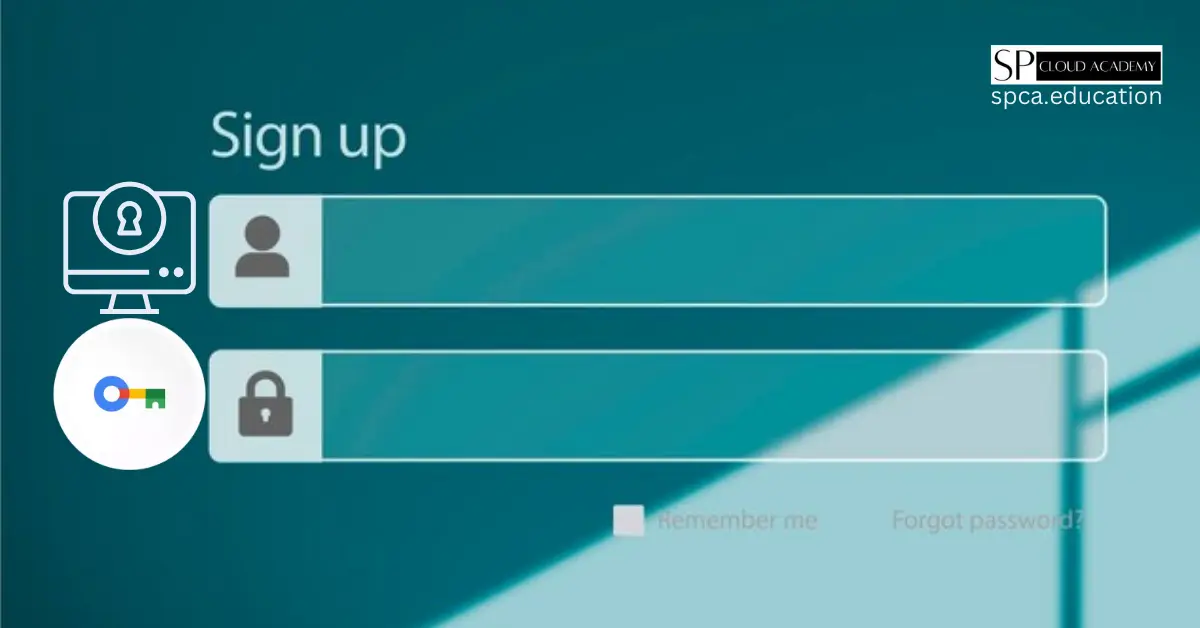
How to Set Up and Use Google Password Manager for Enhanced Security
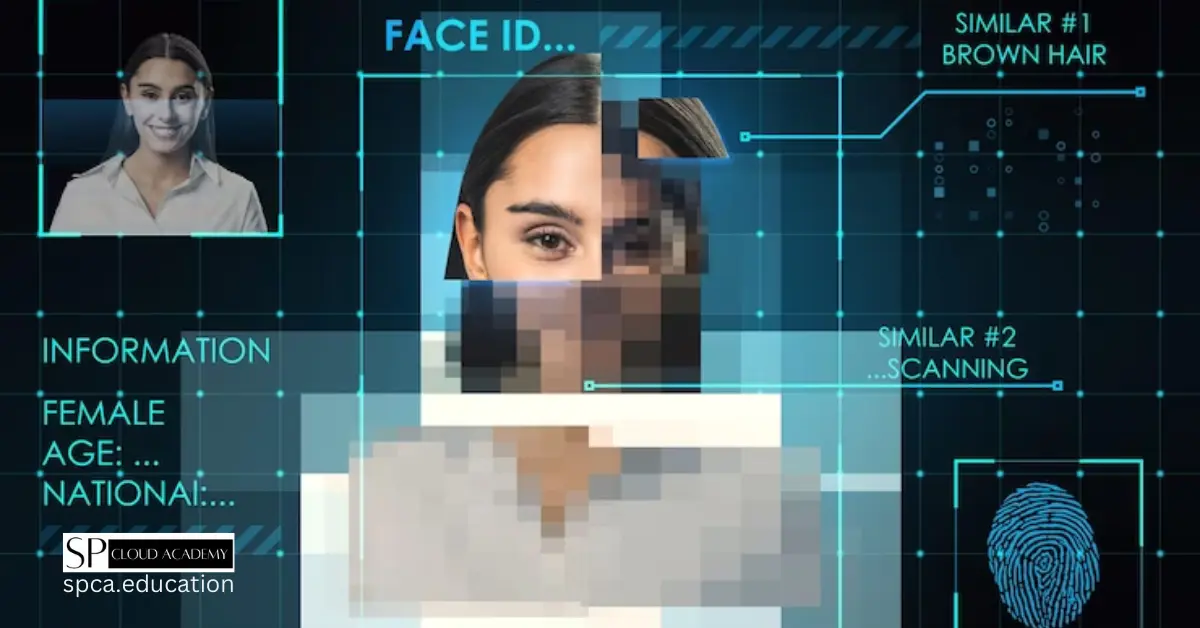
Hi there, I discovered your blog by means of Google whilst looking for a related subject, your web site came up, it appears
to be like great. I’ve bookmarked it in my google bookmarks.
Hi there, just become aware of your blog thru Google, and found that it is truly informative.
I am going to be careful for brussels. I’ll be grateful in case you continue this in future.
Many people will be benefited out of your writing. Cheers!